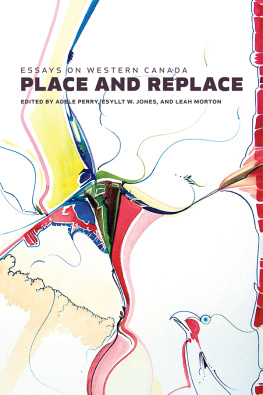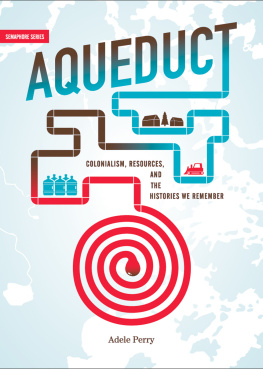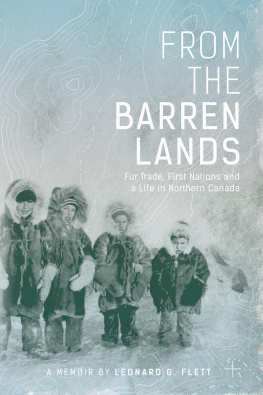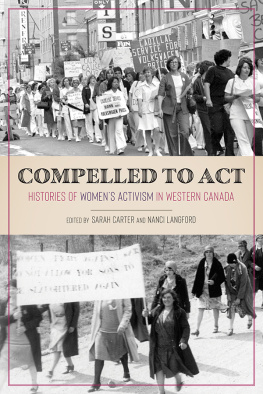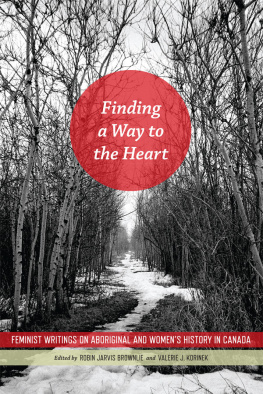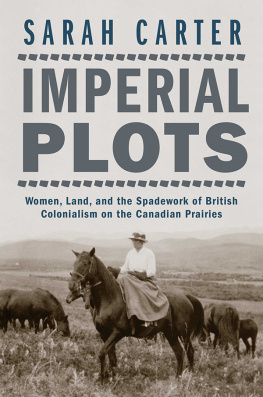Edited by Adele Perry, Esyllt W. Jones, and Leah Morton
Trains, Text, and Time
The Emigration of Canadian Mennonites to Latin America, 19221948
Royden Loewen
This essay recounts a set of rather unique train rides leaving rather than entering western Canada. They are the travels of approximately 10,000 Mennonites who left western Canada in the mid-1920s and late 1940s for rural settlements in Mexico and Paraguay. The emigration of the 1920s followed 1916 and 1917 school legislations in Manitoba and Saskatchewan, respectively, which compelled children to attend English-language, publicly inspected schools. The smaller echo migration of the late 40s occurred after the introduction of war-time patriotic exercises in schools and urbanization threatened the Mennonites rural, pacifist ways.
Trains played a major role in these migrations. The Mexico-bound settlers of the 1920s chartered dozens of complete trains, taking passengers, machinery, household goods, and livestock; most departed from Gretna, Manitoba and headed south or southwest to El Paso, Texas, from where migrants proceeded south to Chihuahua City and then west to the small road siding of San Antonio (later Cuauhtmoc) in the Bustillos Valley of the northeastern Sierra Madre after being reloaded on to Mexican trains. A smaller group of Mexico-bound settlers left from Rosthern, Saskatchewan via chartered trains to El Paso, continuing through Chihuahua State to Nuevo Ideal in Durango State. Other migrants to Paraguay left from Niverville, Manitoba on smaller chartered trains (as they took no livestock and few household goods) or on regularly scheduled trains via Minneapolis, Chicago, and Cleveland to New York. Here migrants boarded ocean-going vessels for the lengthy voyage to Buenos Aires, Argentina, from whence they proceeded by riverboat up the Paran and Paraguay Rivers, passed Asuncin and went north almost to Brazil to the river port of Puerto Casado. From here they headed west into the heart of the Paraguayan Chaco by narrow-gauged company train and ox cart. The migrants to Paraguay in the 1940s also took chartered trains to the east; leaving Saskatoon and picking up additional passengers in Winnipeg, they continued to Montreal. From there they sailed via Buenos Aires to Asuncin, and then travelled by trains into East Paraguay. The final legs of the trip were taken by cargo truck and ox cart.
Descriptions of the train travel vary depending on which route one took and therefore which countrys trains are described. In studying these various descriptions, however, it becomes apparent that the experience of train travel does not differ much from the experience on other forms of transportation, be it the back of a cargo truck, on an ocean liner or riverboat, or even on an airplaneall technologies of migration of the 1920s and 40s. What does matter is the medium in which a particular train story is told. The reason seems to be that references to trains relate not so much to the technology itself, but to the effect of this particular technology on habits of time and space. In the telling of fundamental changes to time and space brought about by train travel, it especially mattered if the story was related by the medium of diary, memoir, letter, or oral history.
These media suggest that the Mennonite train travellers viewed time in multi-linear ways, with a strong sense of the present as located in a continuum of the past and futureeven the afterlifeand as related to abstract ideas of tradition or progress. Simply put, the diarist had an especially strong sense of the present, which isolated the day and compellingly juxtaposed it to yesterday and tomorrow, thus structuring a world in flux and paying special attention to distance covered, speed, fleeting images of the exotic other along the way, and to the restructuring of Mennonite community within the cars of the train. The letter announced the important eventsthose pertaining to life-cycle and life-shaping momentsof the immediate past, the week and month; it recounted the especially poignant moments of departure at train stations in the old Canadian homeland and the arrival at the strange other end. Memoirs written years after the trips spoke of teleological design, revealing an attempt to detach oneself from quotidian concern and evaluate a lifetime, especially with ideas of eternity in mind; in this instance, the train took on ontological significance as it carried people to a promised land, a territory of salvation. Finally, oral history stories recounted memories of a yesteryear, an epoch ago, a moment two generations earlier. These stories related train travel with reference to a momentous time, but in quaint and even quixotic language; they were anecdotal, stories told casually by the elderly about their childhood. It was as if each medium related train travel with a unique perspective, enveloping it with a distinctive sense of time.
This linkage of train and text with time, however, was intersected by other constructions of time that seemed especially relevant to migrants and the Mennonite train-riding migrants in particular. The diaries especially recounted new time imperatives, reflecting a demarcation between agrarian and industrial time, not unrelated to E.P. Thompsons comparison of time when seen as natural in a farm community and a time-discipline that is imposed by technologized imperative. In the migrant diarys depiction of uprooting and resettling, these two cultures of time were not sequential but interwoven, moving from one to the other and back to the former.
The train, then, takes on different meaning depending on the concept of time with which a particular train narrative is constructed. Reflecting this argument, this essay moves spatially rather than chronologically, transitioning from the quotidian text (the diary) to the weekly or monthly text (the letter) to the epochal text (the memoir) to the life course text (the oral history).
The Diary: The Train as an Imposition of Industrial Time, 1948
The selected diary of train travel here is one kept by a female migrant, self- identified as Frau Isaac F. Bergen of Rosthern, Saskatchewan, who in 1948 migrated to East Paraguay with her family of ten children and husband by train, but also travelled by ocean liner, riverboat, cargo truck, and ox cart.
More than anything else, the imperatives of train travel alter the familiar, agrarian world of the Bergens. The train dictates that time is suddenly recast, turned into a series of impositions; the words must and need and should now take over Bergens vocabulary. In addition, space is recast as the train narrative becomes intersected with descriptions of new places. On the morning of June 22, after taking breakfast at a Mennonite home in Saskatoon, Bergen soonhad to pack upas the Isaac Hildebrands were there to take us to the train station. Here loved ones from the Mennonite farm districts had assembled and at one oclock the train finally departed. Even though Bergen was delighted to discover an oven and washing facility on the train (allowing the resumption of domestic routine), overwhelmingly time now was measured by distance: Yorkton by nightfall, Gladstone at the first dawn, Winnipeg at noon. Train time was always an imperative: in Winnipeg father and Ohm Jacob disembarked to purchase food, but then as the train was supposed to depart all the men were back except for father and Ohm Jacob; Aunt Sarah and I were deeply worried, and truly the train began to depart. Worry ended only at the next stop when, surprisingly, father and Ohm Jacob appeared in our car, having caught up with the charter on a regularly scheduled train.

